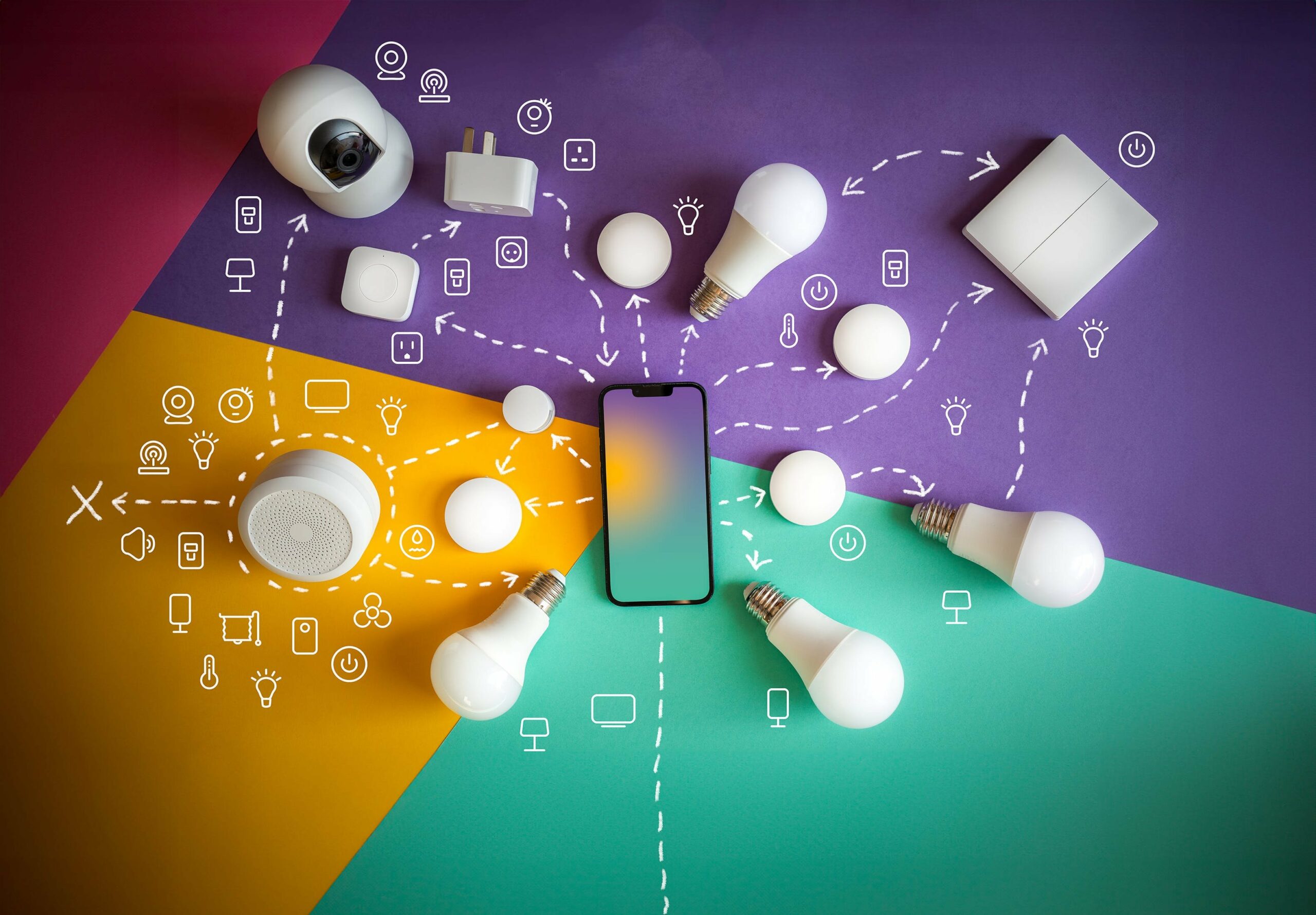
The world is constantly evolving with the advancement of technology, and one of the most significant developments in recent years has been the rise of the Internet of Things (IoT) and mobile technology. These two innovative technologies have revolutionised how we interact with everyday objects and devices, making our lives easier and more efficient.
What Is IoT?
Internet of Things refers to a network of physical objects or “things” embedded with sensors, software and other technologies that enable them to connect and exchange data over the Internet without human intervention. This means that everyday objects like appliances, vehicles, wearable devices, etc. can be connected and perform various tasks through the internet.
How Does IoT Work?
The working principle behind IoT in the era of mobiles is quite simple yet complex at the same time. It involves three main components: sensors/devices, connectivity and data processing. The sensors or devices are responsible for collecting data from their surroundings. They can range from temperature sensors to cameras; their purpose is to gather information about their environment.
The connectivity element enables these devices to transfer collected data over the internet using wired or wireless connections such as Bluetooth or Wi-Fi. The data processing involves analysing the collected information using cloud-based platforms or edge computing systems.
Understanding the Synergy between IoT and Mobile
At its core, IoT involves interconnected devices communicating and exchanging data without human intervention, equipped with sensors and connectivity. Meanwhile, mobile technology enables remote access and control through smartphones or tablets.
Accessibility is key to this synergy, allowing remote monitoring and management of smart homes or offices globally. Mobile technology enhances IoT device functionality, with dedicated apps offering a unified platform for controlling connected devices. Multiple smart appliances in a home, for example, can be controlled through a user-friendly interface on a smartphone app.
Benefits of Combining IoT and Mobile Technology
Numerous benefits arise from the combination of IoT and mobile technology. Let’s take a closer look at some of the key advantages of this powerful synergy:
- Seamless Connectivity: Instant, error-free data transmission enhances efficiency.
- Real-time Data Monitoring: Users can monitor data anytime, anywhere, facilitating quick decision-making.
- Enhanced Control: Mobile apps enable remote control of connected devices, from adjusting home thermostats to monitoring industrial machinery.
- Increased Productivity: Streamlining tasks through IoT and mobile tech boosts productivity, such as using mobile devices for efficient warehouse management.
- Cost Savings: This synergy eliminates manual processes, saving time and costs.
Real-Life Examples of IoT and Mobile Integration
The integration of IoT and mobile tech has transformed our interactions with the world, impacting areas like smart home automation, industrial IoT (IIoT) and healthcare monitoring:
- Smart Home Automation: Homes now feature smart devices, controlled through a single smartphone app, offering convenience, energy savings and reduced bills.
- IIoT in Business: Industries like manufacturing and agriculture benefit from IIoT, connecting machinery and equipment to a centralised system accessible via mobile devices. Real-time monitoring enhances efficiency, identifies issues proactively and optimises operations.
- Healthcare Monitoring: Wearables like fitness trackers and IoT-enabled devices allow remote health monitoring. Patients with chronic conditions wear sensors connected to smartphones, providing real-time tracking of vital signs like heart rate and blood pressure.
Conclusion
One major reason why we need to embrace this synergy is its ability to enhance communication and connectivity. With the increasing number of connected devices through IoT, mobile technology provides a seamless way for these devices to communicate and share data in real-time. This enables us to monitor and control our environment remotely, making our lives more convenient and efficient.
Moreover, embracing the synergy between IoT and mobile technology can improve decision-making processes. The vast amount of data collected by IoT devices can be analysed using advanced algorithms on mobile platforms. This allows businesses to gain valuable insights into their operations, consumer behaviour, market trends and more. By leveraging this information effectively, organisations can make informed decisions that drive growth and success.
Another crucial factor driving the need to embrace this synergy is its potential for creating smarter cities. With urbanisation on the rise globally, there is a growing demand for sustainable solutions to problems such as traffic congestion, energy consumption, waste management, etc. By integrating IoT sensors with mobile applications, city officials can obtain real-time data on various aspects of city life and use it to optimise resources effectively.
